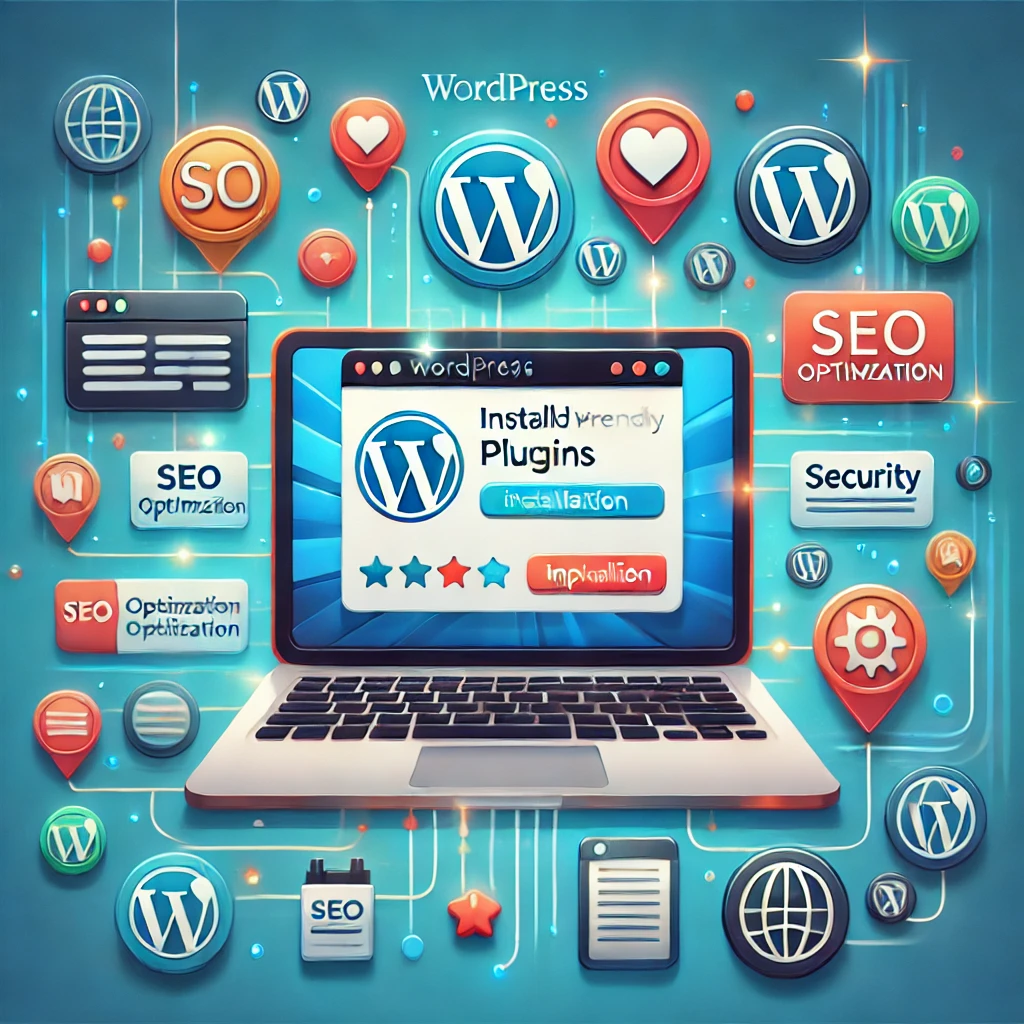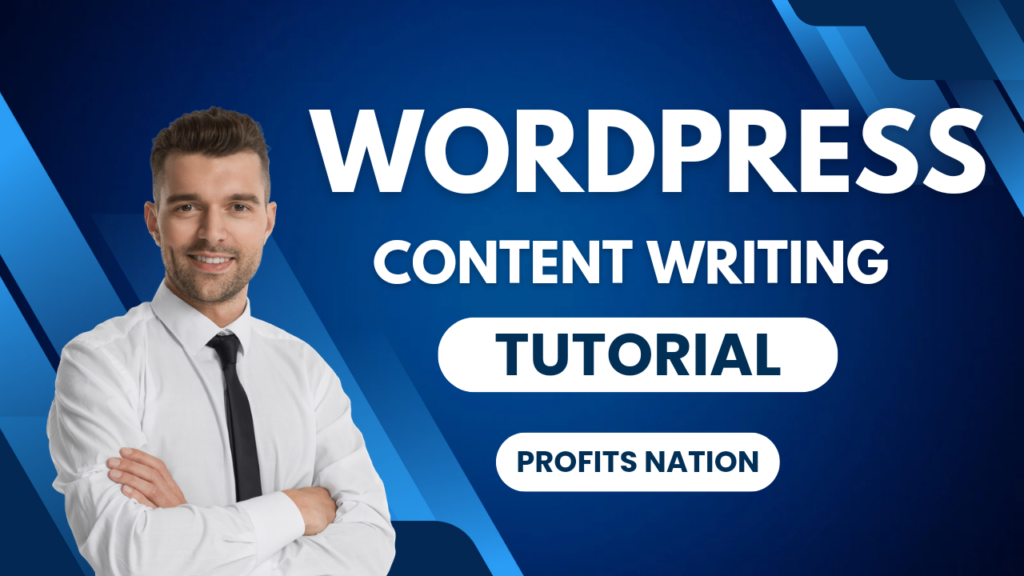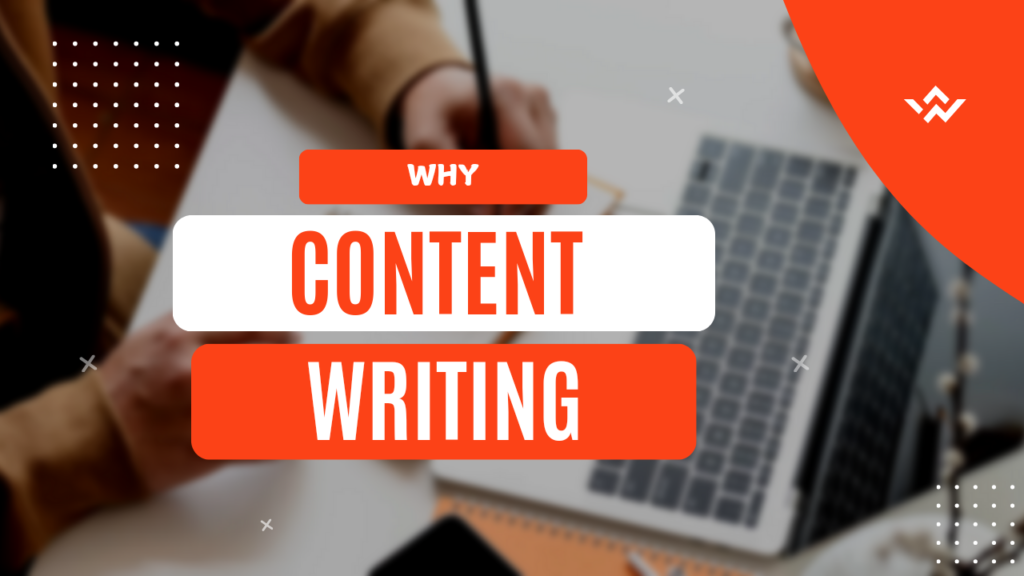Content on WordPress
Content writing is the bedrock of any WordPress blog. If you’re starting a personal blog, run a business website or are publishing on behalf of a brand, how you write your content can make or break your online presence. Here’s the kicker: creating quality content isn’t just about writing; it’s about strategy.
Why? Because WordPress is more than just a blogging platform—it’s a means to optimize, rank, and engage. In this guide, you are going to master WordPress content writing, from creating post ideas people would love to the best WordPress SEO writing techniques to get you found.
Why Content Writing is Important for WordPress Blogs
Quality content feeds every element of your website:
- SEO Visibility: Search engines prefer ranking websites that feature rich, keyword-specific content higher.
- Audience Engagement: Well-written content keeps visitors engaged, reduces bounce rates and increases time spent on the site.
- Conversions: Wholesalers may want to sell merchandise while newsletter publishers may wish to increase their subscriber count, good content converts readers into loyal customers.
According to HubSpot, businesses that blog generate 67% more leads than those that don’t. In short, your content strategy for WordPress impacts your traffic, engagement, and growth.
Take a look on : Why Content Writing is Important
Step 1: Understanding Your Audience
Before writing, ask yourself: Who am I writing for?
Your audience dictates your tone, style, and topics.
How to Determine Your Target Audience:
- Create Personas: Detail demographics, interests, and pain points.Analyze
- Competitors: What type of content engages their audience?
- Interact with Readers: Use comments, surveys, or even social media polls for insight.
Pro Tip: Write in a conversational tone. A friendly approach increases readability and builds trust.
Step 2: Selecting Relevant Topics

Not all content ideas are created equal. Choose topics that:
- Resolve problems of your readers
- Highly searched (use Google Trends or SEMrush tools)
- Conform to the niche and objectives of your blog.
For example, a blog about WordPress could be: “
- How to Make Your Blog SEO Better Using Plugins“
- “Best Practices for Writing Quality Content”
Take a look on : How to Define Your Target Audience
Step 3: How to Structure Your WordPress Blog Posts
Great content isn’t just about words; it’s also about presentation.
For Best Results Using the Following Structure:
- 1. Captivating Headline: Engage the reader with action or interesting headlines. Example: “10 Proven Tips for Writing Content on WordPress That Ranks!”
- Intro: State your problem clearly and give a sneak peek into your solution. 3.
- Body: Break up content using short, skimmable paragraphs, and use headings and bullet points.
- Conclusion: Summarize main points and include CTA.
Step 4:WordPress Blog SEO Writing
Clearly, content that is SEO-friendly is a must for visibility. Here’s how to incorporate WordPress SEO writing practices:
1. Use Keywords Naturally

Identify focus keywords, for example, best content practices, content strategy WordPress, and sprinkle them naturally throughout your post:
- In headings (H1, H2, H3).
- Within the first 100 words.
- In image alt text and meta descriptions.
Tools like Yoast SEO can help ensure keyword optimization.
2. Optimize for Featured Snippets
Google often highlights concise answers in featured snippets. Answer questions clearly in your content to increase your chances of being featured.
3. Add Internal Links
Link to other relevant posts to keep visitors on your site longer. For example:
???? Related Post: SEO Content Writing for Beginners
4. Use Readable URLs
Keep WordPress post URLs short and keyword-rich. Instead of:www.example.com/?p=123
Use: www.example.com/best-wordpress-content-practices
Step 5: Writing Readable Content
Tips to Enhance Readability:
- Write Short Sentences: Aim for no more than 20 words per sentence.
- Use Headings and Subheadings: Guide readers through your content.
- Add Images: Use images, videos, or infographics to break up text and explain concepts.
- Use Lists and Bullet Points: These make complex ideas easier to digest.
Step 6: Using WordPress Features
- Effective Use of the Block Editor The WordPress block editor will enable you to:
- Add headings, images, and videos with ease.
- Create reusable content blocks for CTAs or disclaimers.
Install Content-Friendly Plugins

Plugins can simplify your writing process:
- Yoast SEO: Guides on SEO optimization.
- Grammarly: Checks for grammar and spelling errors.
- Elementor: For visually appealing layouts.
Step 7: Updating and Maintaining Old Posts
Your job doesn’t end after hitting “Publish.” Regularly updating posts keeps your content relevant and ranks higher in search engines.
How to Refresh Content:
- Update outdated statistics or information.
- Add new sections or insights.
- Optimize old posts for newer keywords.
Fact: HubSpot found that updating old blog posts increased organic traffic by 106%.
Step 8: Measuring Content Performance
Track how your content performs using tools like Google Analytics or Jetpack. Key metrics to monitor:
- Traffic: Are your posts attracting visitors?
- Engagement: How long are readers staying on your site?
- Conversions: Is your content driving signups or sales?
Best Practices for Writing WordPress Blog Posts
| Do’s | Don’ts |
|---|
| Use clear, actionable headlines | Overuse keywords (keyword stuffing) |
| Write for your audience, not for bots | Publish without proofreading |
| Optimize images for faster loading | Use jargon or overly technical language |
| Include a CTA in every post | Forget to link to other blog posts |
Case Study: How Quality Content Improved Blog Performance
In 2023, the small business blog implemented the following strategies:
- Optimized all posts with focus keywords using Yoast SEO.
- Sentences reduced the length of each paragraph for clarity.
- The site included internal links to keep visitors on the site.
In just 6 months, their organic traffic increased by 58%, and their bounce rate decreased by 32%. This is the impact of having a solid WordPress content strategy.
Final Thoughts
Writing for a WordPress blog is not only about great content but also making it engaging, accessible, and search engine optimized. Carrying out these best content practices guarantees more visitor engagement and persistence with visitors on your blog.
Ready to go deeper into WordPress blogging? Find out more guides on profitsnation.com on how to grow your WordPress blog and monetize it.
Key Takeaway
- Know the target audience before writing.
- Structure posts with headings, lists, and visuals.
- Optimize for SEO using a tool like Yoast.
- Keep updating the content for better performance.
Happy Blogging!
How can I write content that connects with my audience?
Good content is the heart of your WordPress blog. It keeps readers engaged, helps your site rank better on Google, and builds trust with your audience. Without quality content, even the best-designed website can fall flat. Think of content as your way to communicate, solve problems, and inspire action.
How can I write content that connects with my audience?
The trick is to know your audience first—what do they need, want, or struggle with? Write in a conversational tone (like this FAQ!), focus on solving their problems, and add a touch of personality. Also, make your posts easy to read with short paragraphs, clear headings, and lists.
Do I need to optimize my content for SEO on WordPress?
Absolutely! SEO helps your blog get discovered on search engines like Google. Use plugins like Yoast to target keywords, write engaging meta descriptions, and format your content for easy readability. It’s not just writing for robots—it’s making your content shine for humans and search engines alike!




